



The cathedral is an emblematic monument that embodies faith, art, and history. Standing in the heart of the city, its monumental proportions and majestic architecture dominate the skyline. Construction began in the [starting century] and continued over several generations, bearing witness to the skill and patience of medieval builders. Every stone, sculpture, and stained-glass window reflects religious fervour and the cultural richness of the era.

The history of the cathedral is punctuated by major events. It hosted important religious ceremonies, coronations, and moments of crisis. Despite fires, wars, or revolutions, the cathedral has risen again thanks to numerous restoration campaigns. Today it remains a symbol of resilience and continuity through the centuries.
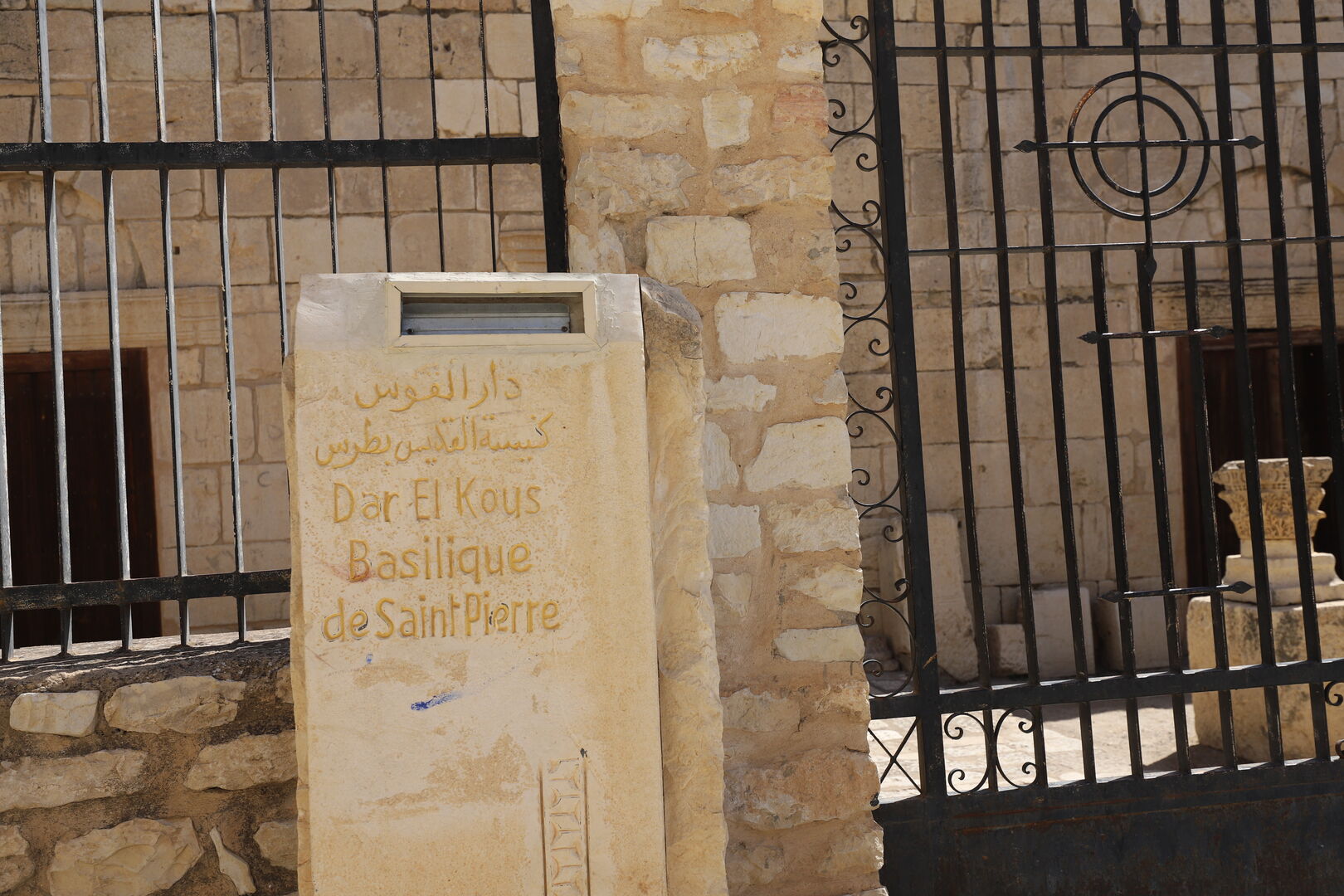
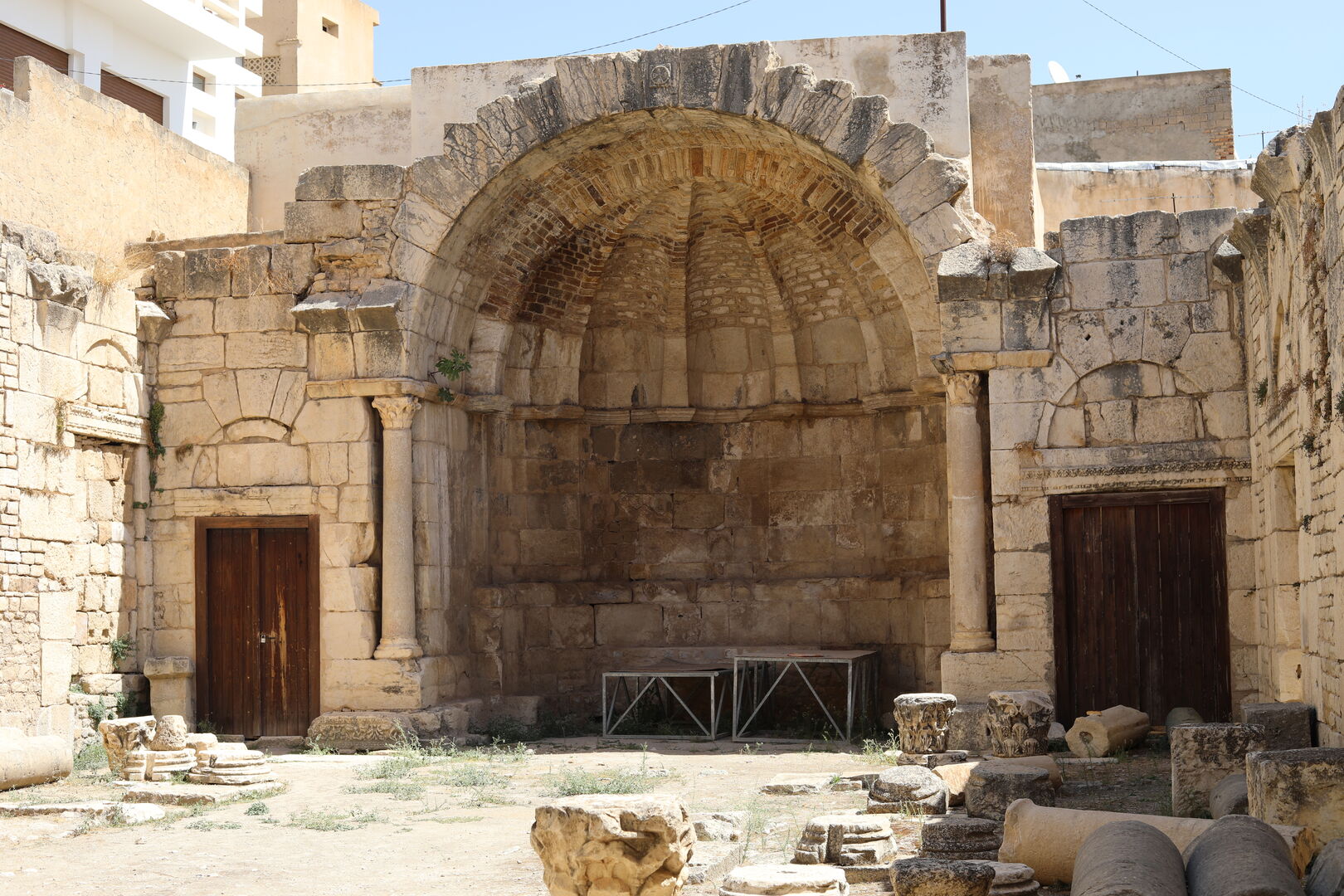
The architecture is a genuine masterpiece. Inspired by [Gothic/Romanesque/Baroque] canons, it stands out thanks to an ornate façade, slender towers, and a vast nave that can welcome thousands of worshippers. Colourful stained glass illuminates biblical and legendary scenes, while the rose windows bathe the space in mystical light. Gargoyles and chimeras crown the roofline, adding both poetry and originality while channelling rainwater away.
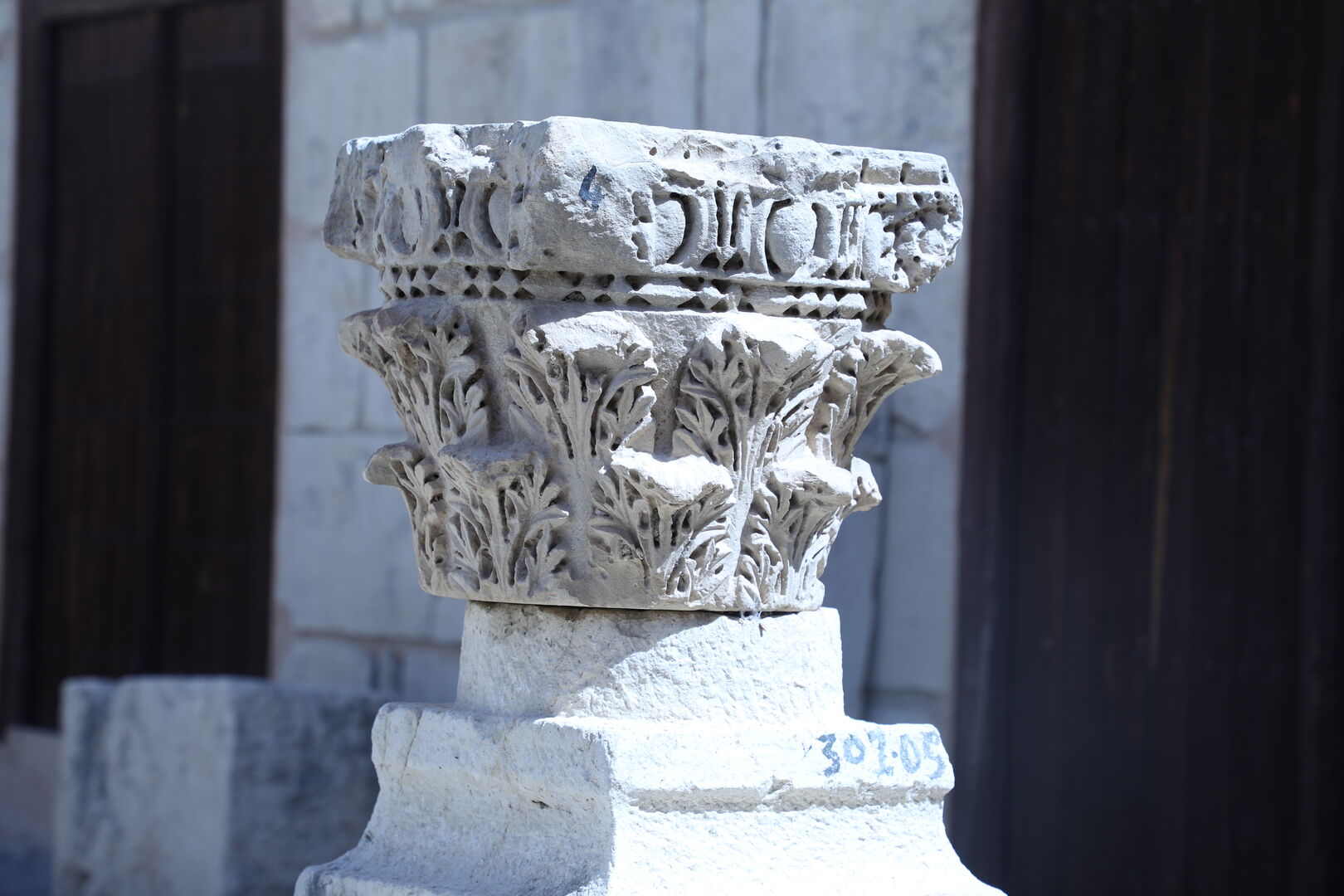

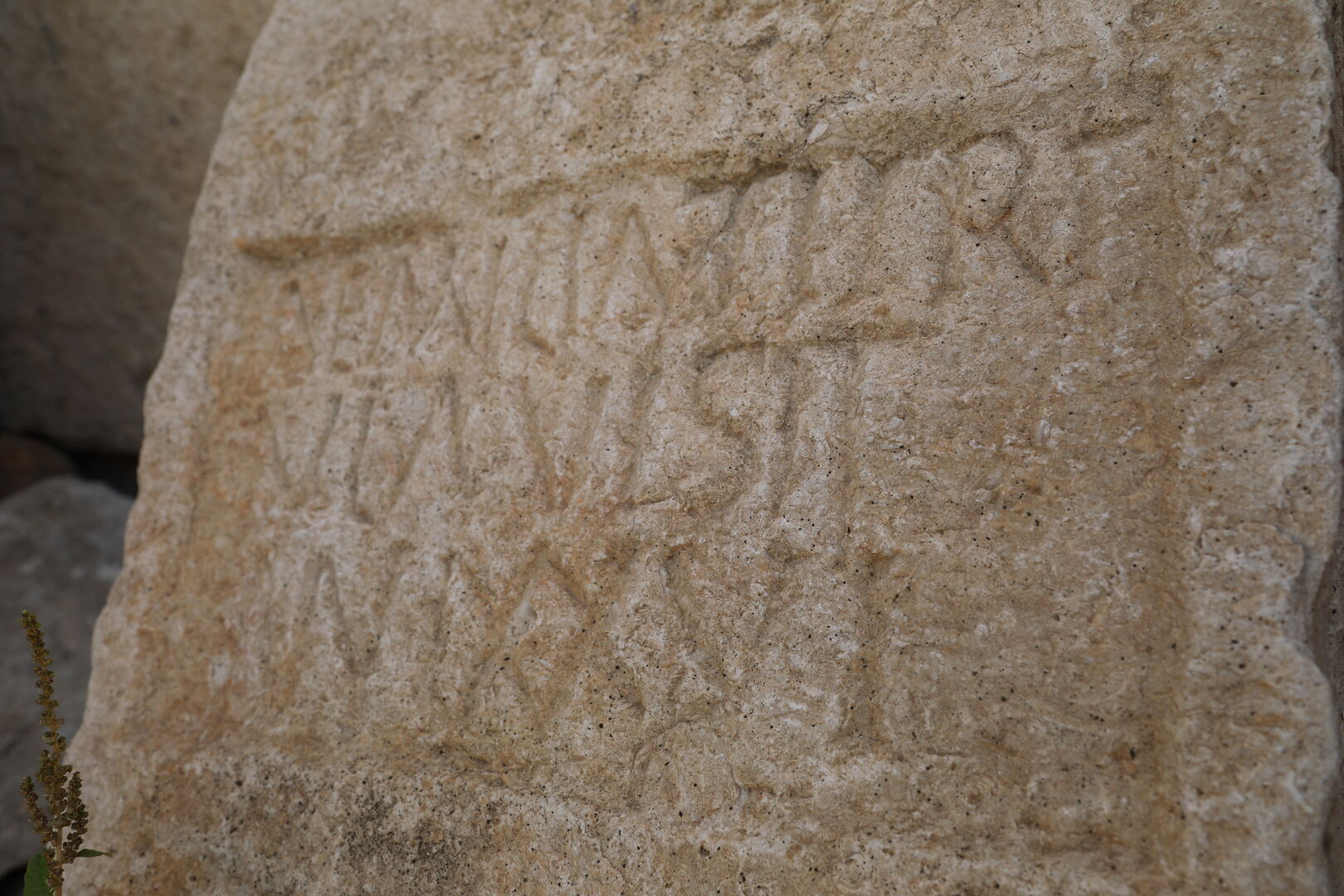
Beyond its religious role, the cathedral is a cultural icon and a universal heritage site. It welcomes millions of visitors every year who come to admire its architecture, history, and unique atmosphere. Listed as a UNESCO World Heritage Site (for some cathedrals), it serves at once as a place of pilgrimage, a tourist landmark, and a source of inspiration for artists, writers, and musicians.
Today the cathedral continues to host religious celebrations and cultural events. Visitors can join guided tours, uncover hidden treasures, climb the towers for panoramic views of the city, or attend organ concerts. It remains a living witness to history and an architectural gem united by spirituality and timeless beauty.
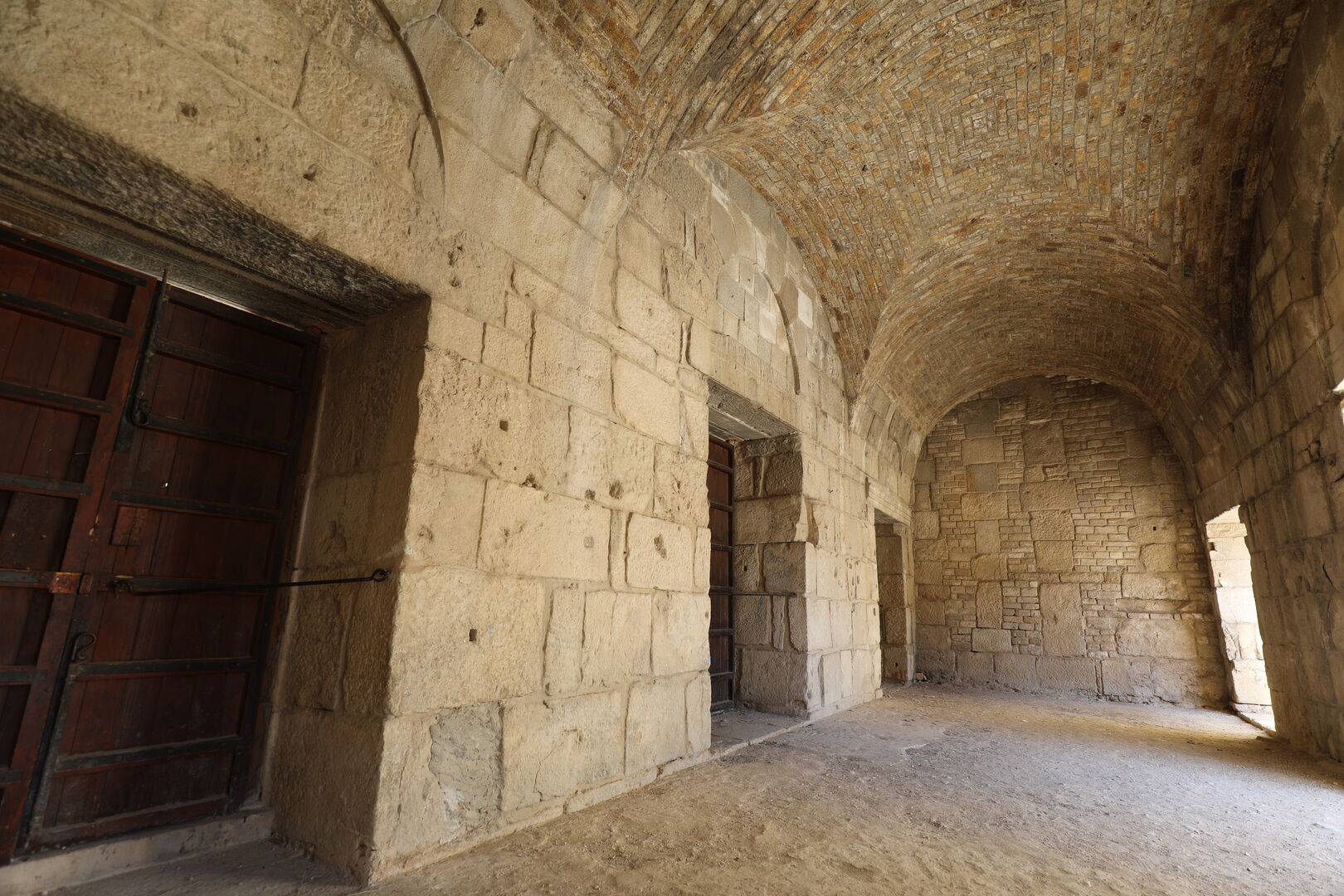
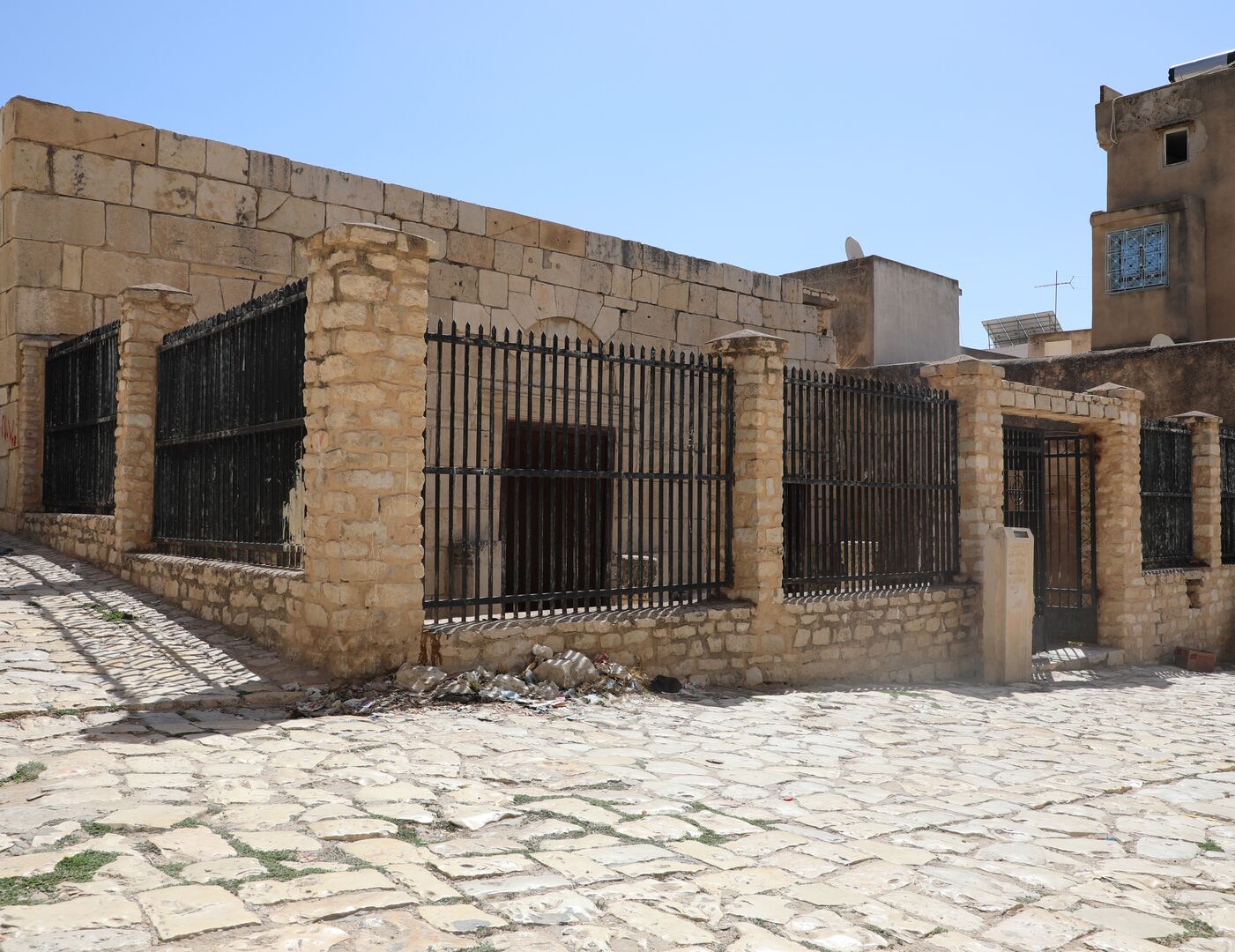
Between 1890 and 1896, Abbé Giudicelli led four successive excavation campaigns that gradually revealed the basilica:
The monument reuses elements from an earlier pagan building, confirmed by architectural blocks and Latin inscriptions.
The basilica is dedicated to the Apostle Peter, as attested by monograms and inscriptions. It echoes Augustine's message: "Christ gave Peter the keys of the Kingdom of Heaven... it is not a chair of pestilence, but a chair of sound doctrine."
The Saint Peter Basilica of El Kef illustrates the spread of Christianity in Roman Africa and the continuity of local urban life. It combines Roman construction techniques with Byzantine religious iconography, highlighting El Kef's role as a centre of faith and culture in Late Antiquity.